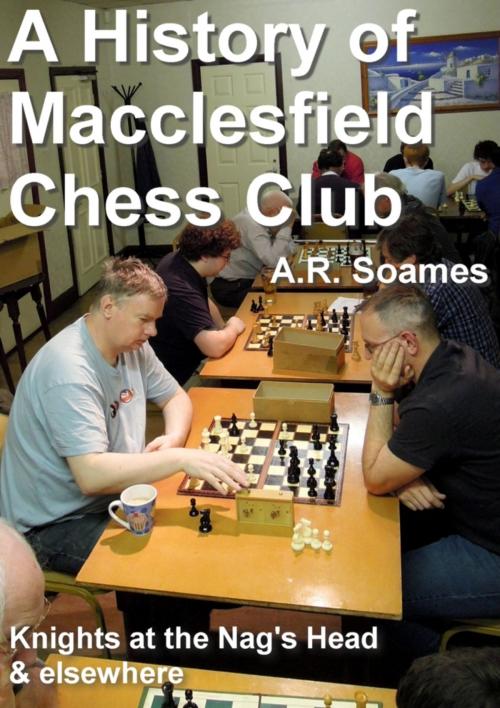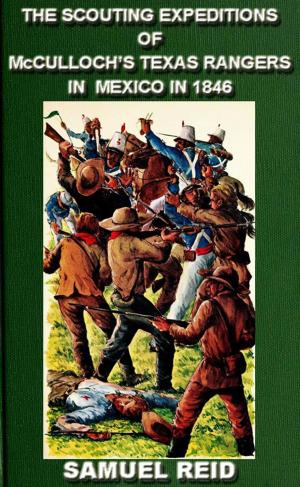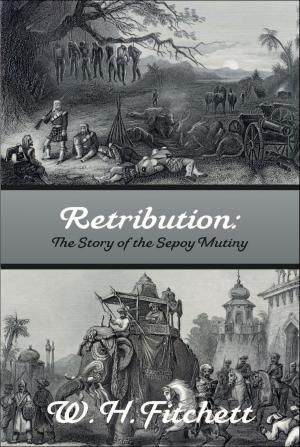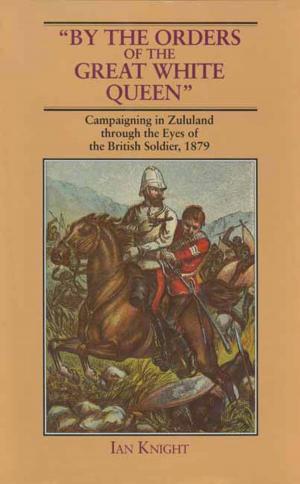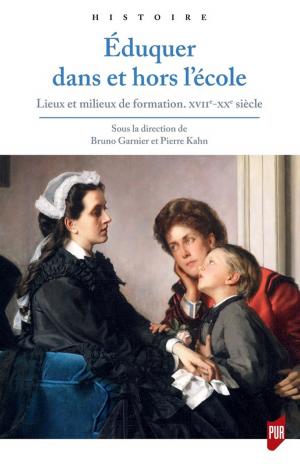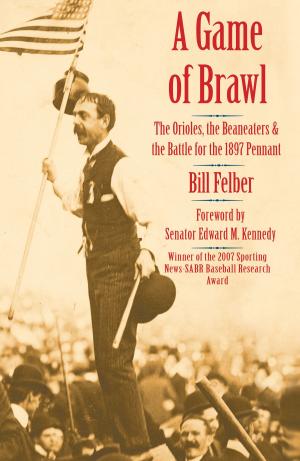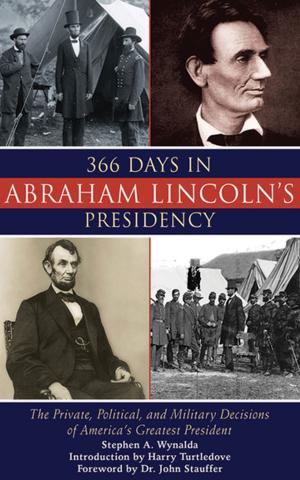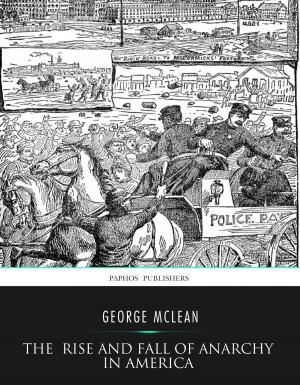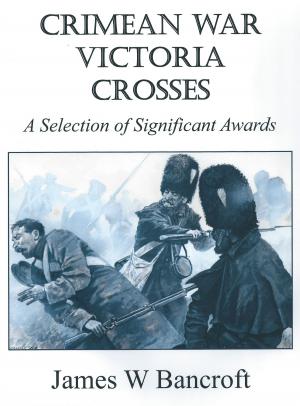| Author: | A.R. Soames | ISBN: | 9781311914736 |
| Publisher: | Roy Gray | Publication: | December 15, 2013 |
| Imprint: | Smashwords Edition | Language: | English |
| Author: | A.R. Soames |
| ISBN: | 9781311914736 |
| Publisher: | Roy Gray |
| Publication: | December 15, 2013 |
| Imprint: | Smashwords Edition |
| Language: | English |
Northern England's manufacturing towns had taken to Chess and Manchester (Macclesfield's giant neighbouring City) hosted the world’s second international tournament in 1857. The founders of the Macclesfield Chess Club in 1886 were businessmen and civic leaders, deeply entangled in local politics – education, religion and finances. Social changes from the end of the 19th century make this more than a history of a minor chess club in a provincial market town.
With small town bravado they attacked the centres of chess power in Manchester. They were soundly thrashed.
It was not until about 2008 that the club’s members became aware that their organization had such an extended life. This is an attempt to put flesh on mere longevity through information on the personalities that enabled the club to form and to survive for most of the next 125 years. Never a large club it frequently teetered on the brink of extinction, only to be rescued by strong personalities. Successes were rare, but not unknown – three victories in the prestigious Cheshire Cup and one in the first division of the Stockport League. Yet the raison d’être of a club is the interaction of its members and the book attempts to describe this ephemeral characteristic.
The family names of players in those early Cheshire matches are still heard in the area and local residents and their relations may well find an ancestor featuring in the lists of players and match results reported here.
The book has eight chapters of narrative buttressed by an introduction and a conclusion with five appendices, including a selection of chess games. The games are light and the annotations are more dubious than the moves played.
The books 19th and early 20th century sections rest on newspaper reports of club matches. A number of people are thereby revealed and their social standing is discussed.
Subtle changes are noted after the First World War when less appeal is made to the leaders of society to support the club by giving their names to the organization. After the Second World War the organization was described as anarchic. From the 1980s business practices became less paternalistic leading to the decline of industrial based sports clubs, a trend that helped the town based organization. When the club moved away from unlicensed premises another increase in membership was observed. When the history reaches the more recent years, within the memories of its current membership and those retired from the scene, the stories become more amusing and, in general, less earnest and, or, spiritually uplifting.
Note The Epub looks better than the Kindle mobi in the emulator programs. In particular the quotations are almost indistiguishable from Tony Soames text, The quotations are readily identified by the change of font and line spacing in the Epub file seen in 'Adobe Digital Editions'. Not so in 'Kindle for PC'
Northern England's manufacturing towns had taken to Chess and Manchester (Macclesfield's giant neighbouring City) hosted the world’s second international tournament in 1857. The founders of the Macclesfield Chess Club in 1886 were businessmen and civic leaders, deeply entangled in local politics – education, religion and finances. Social changes from the end of the 19th century make this more than a history of a minor chess club in a provincial market town.
With small town bravado they attacked the centres of chess power in Manchester. They were soundly thrashed.
It was not until about 2008 that the club’s members became aware that their organization had such an extended life. This is an attempt to put flesh on mere longevity through information on the personalities that enabled the club to form and to survive for most of the next 125 years. Never a large club it frequently teetered on the brink of extinction, only to be rescued by strong personalities. Successes were rare, but not unknown – three victories in the prestigious Cheshire Cup and one in the first division of the Stockport League. Yet the raison d’être of a club is the interaction of its members and the book attempts to describe this ephemeral characteristic.
The family names of players in those early Cheshire matches are still heard in the area and local residents and their relations may well find an ancestor featuring in the lists of players and match results reported here.
The book has eight chapters of narrative buttressed by an introduction and a conclusion with five appendices, including a selection of chess games. The games are light and the annotations are more dubious than the moves played.
The books 19th and early 20th century sections rest on newspaper reports of club matches. A number of people are thereby revealed and their social standing is discussed.
Subtle changes are noted after the First World War when less appeal is made to the leaders of society to support the club by giving their names to the organization. After the Second World War the organization was described as anarchic. From the 1980s business practices became less paternalistic leading to the decline of industrial based sports clubs, a trend that helped the town based organization. When the club moved away from unlicensed premises another increase in membership was observed. When the history reaches the more recent years, within the memories of its current membership and those retired from the scene, the stories become more amusing and, in general, less earnest and, or, spiritually uplifting.
Note The Epub looks better than the Kindle mobi in the emulator programs. In particular the quotations are almost indistiguishable from Tony Soames text, The quotations are readily identified by the change of font and line spacing in the Epub file seen in 'Adobe Digital Editions'. Not so in 'Kindle for PC'
